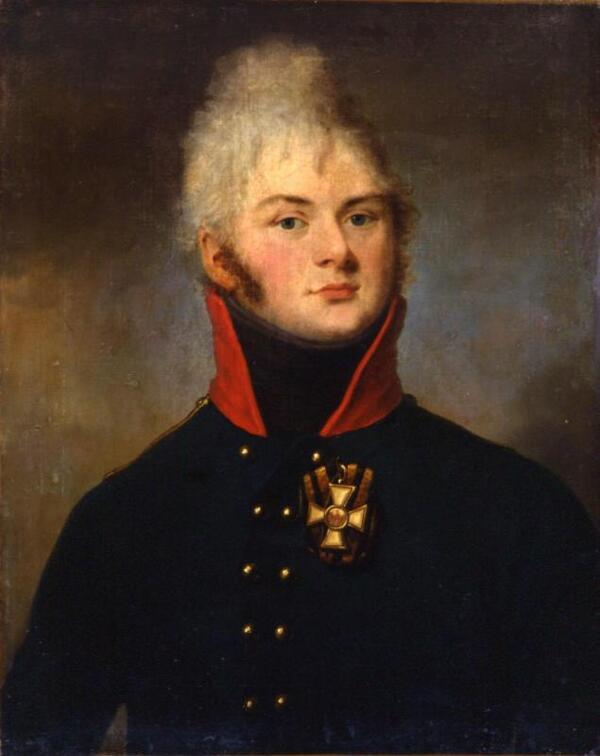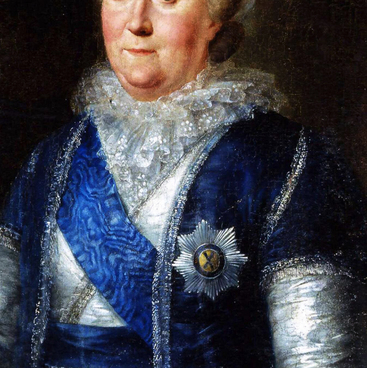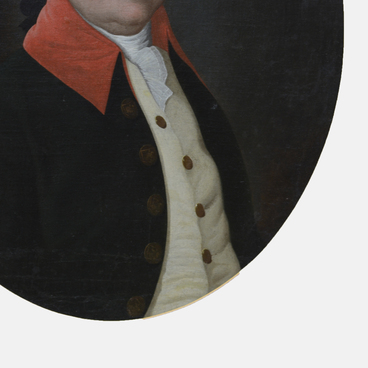“Portrait of Emperor Alexander I” from the collection of the Nizhny Tagil Museum of Fine Arts was painted by an unknown artist who probably belonged to the social circle of the painter Franz Gerhard von Kügelgen.
Gerhard von Kügelgen (1772–1820) became recognized as a portraitist in the 1790s. Between 1795 and 1804, the artist lived in St. Petersburg, painted many portraits of representatives of the local high society, and became a member of the Imperial Academy of Arts. He enjoyed the favor of Emperor Alexander I and painted several of his portraits.
Emperor Alexander I (1777–1825) was one of the most enigmatic Russian rulers. The favorite grandson of Empress Catherine the Great, he was accused of having conspired to murder his father, Emperor Paul I. His reign was marked by the difficult war against Napoleon and the Russian army’s triumphant march across Europe. The person in this portrait looks very similar to Alexander I. His handsome face, age, and uniform led art experts to believe that it is the emperor himself. Still, many young men of that period strove to imitate his appearance, demonstrating their loyalty to the imperial family and the Russian Empire. Therefore, it is quite possible that the unknown artist depicted a military officer made to resemble Alexander I who was admired by the young people.
The small chest-length portrait of an officer in a
military uniform draws attention with the man’s youthful appearance. The
military uniform, the energetic turn of the head, the high and messy quiff, and
the moving background help to identify the period of Romanticism that defined
Russian society in the late 18thcentury and early 19thcentury. The green double-breasted uniform with two rows of gilded buttons and
a high red collar is complemented by a black silk scarf tied around the neck.
On his chest, the young man wears the Order of Saint George, 4thclass, which was awarded to Emperor Alexander I in 1805. However, according to
the rules of depicting members of the imperial family, the Emperor and even the
Tsesarevich could not be shown without status orders. Compared to many known
images of the emperor, this portrait also looks different, although it shares
the emperor’s handsome traits.



